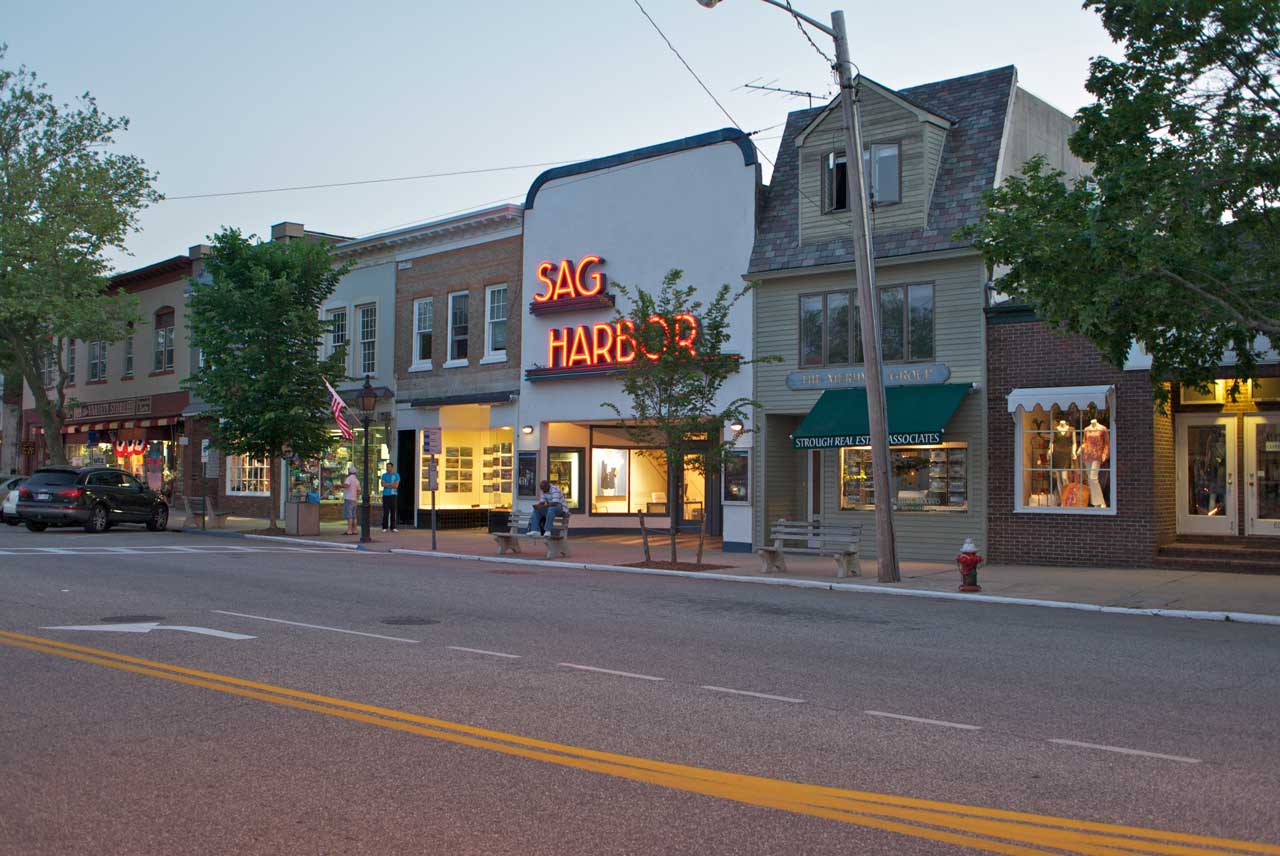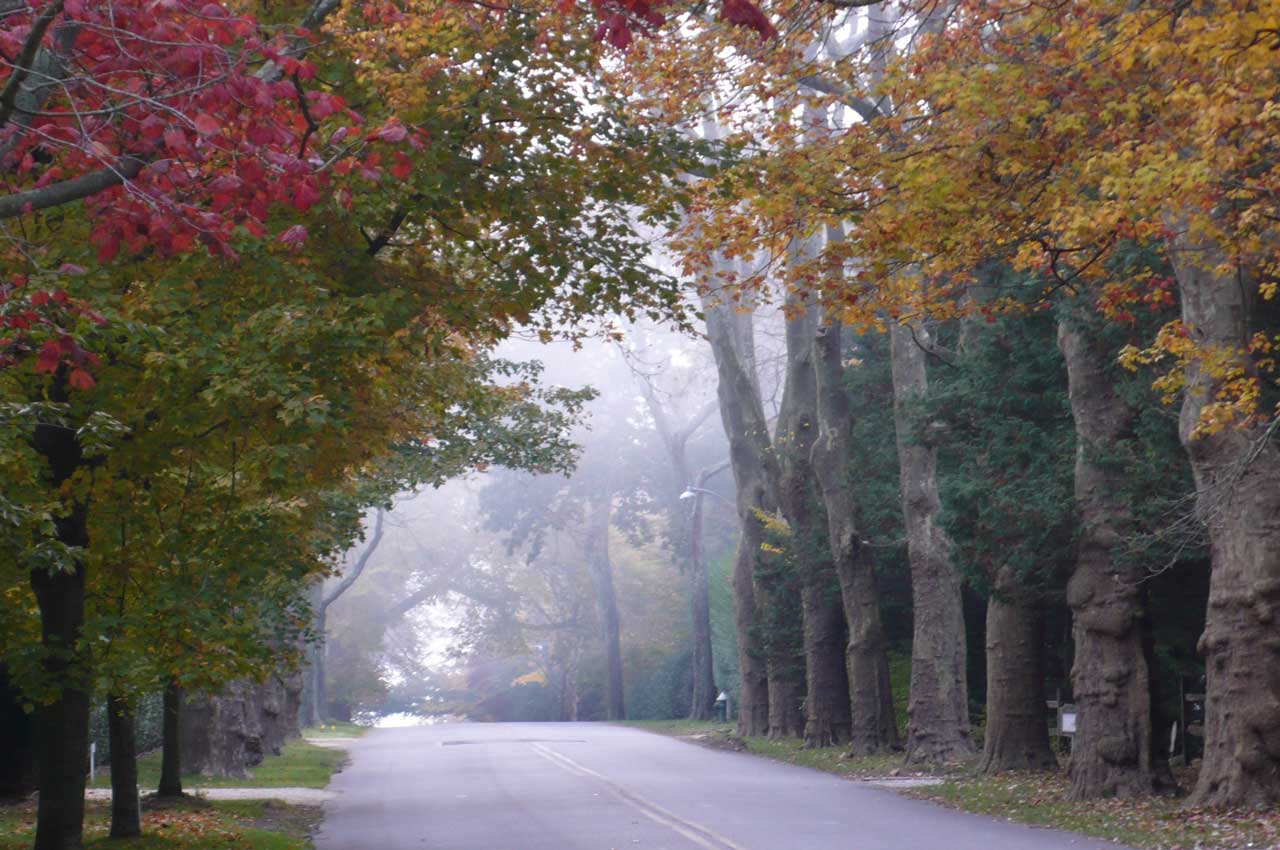
Alone on the Beach
In researching ‘Writers in the Hamptons’ for these blogs, I was fortunate to stumble upon this Vanity Fair article: The Lions in Summer (August 2013). I owe a great debt to the author Michael Shnayerson and hope you take the time to read his brilliant essay. I will adopt his description of these writers as ‘The Sag Main Set’ - not quite of ‘The Hamptons’ with their great estates and the Rich and Famous, but somewhere in-between - in the potato fields and by-roads...
A generation after John Steinbeck set out from Sag Harbor with his dog for Travels with Charley: In Search of America, a new community of writers, editors and publishers discovered what was not yet called ‘The Hamptons.’ Many of them settled in Sagaponack, a few in Amagansett or East Hampton, and several rediscovered Sag Harbor. They were, like the artists, drawn to the area by the quiet beauty of the land and sea, the company of other writers and artists, and the availability of relatively inexpensive real estate.
According to The Lions in Summer, the writers’ houses (they were not yet considered estates) did not have swimming pools or tennis courts, and they often congregated at the estate of Arthur and Joan Stanton, which did. Joan had been an actress - she played Lois Lane on the early radio plays of Superman; Arthur had made a fortune importing Volkswagens to the US after World War II (through Morocco, since the US still had an embargo against imports from Germany) - and they loved hanging out with artists and writers. In a strange twist of fate, I worked for the Stantons in a small television distribution company called WW Entertainment back in the mid ‘80s... But I was never invited out to their Sagaponack estate.

Old Farm House South of the Highway
But now, let’s talk about the writers of the ‘Sagg Main Set’:
Peter Matthiessen (1927 - 2014)
In 1959, Peter Matthiessen bought his Sagaponack Compound for $35,000 - a drop in the bucket now, but then a stretch even for a successful author from a blue blooded family. “From Labor Day to Memorial Day it was absolutely dead silent,” recalls Matthiessen. “I loved it, and I got a lot of work done. But it was very tough on our wives.”
- Matthiessen is the only writer ever to win National Book Awards for both nonfiction - The Snow Leopard & fiction - Shadow Country,
- We wrote about his ‘Men’s Lives’ in the Non-Fiction Edition of our Hamptons Reading List. When he first moved out East, he worked as a scalloper and haul-seine fisherman, writing mostly on bad-weather days.
- His novels include: At Play in the Fields of the Lord, & Far Tortuga
James Salter (1925 - 2015)
With his wife Ann, James Salter moved out to the East End in the early 60s and became best friends with Matthiessen, a friendship (and rivalry) which lasted decades. He was considered a ‘Writer's’ Writer’, highly acclaimed but never achieving the level of success as some of his compatriots.
- Salter’s first novel, A Sport and a Pastime, was described as: "As nearly perfect as any American fiction I know," (The New York Times) though it never achieved great financial success. Set in provincial France in the 1960s, the novel is the intensely carnal story―part shocking reality, part feverish dream ― of a love affair between a footloose Yale dropout and a young French girl.
- Later, highly acclaimed novels included Light Years and Solo Faces.
- Salter’s last novel: All That Is - was published in 2013 (when he was 83) to critical success.
- Salter’s memoir, Burning the Days (1997) was about his time as a US Air Force pilot in Korea, written with the same elegance and style as his novels.
- Salter also wrote several films, including Downhill Racer with Robert Redford. Some time ago, my friend Karen Stetler invited me to meet him at his home in Sagaponack, when she was producing additional content for the Criterion Collection’s release of Downhill Racer - It was a nice old farmhouse, nothing fancy but comfortable and well lived in... And he was a delightful gentleman.
- Vanity Fair Obituary Remembering James Salter, Writing’s Silver Surfer
- NY Times Obituary

Shingle, Brick and Salvia
Truman Capote (1924 - 1984)
Truman Capote, like the others, was drawn to the East End to get away from the chaos and social demands of the city. He was one of the regulars at Bobby Van’s, a piano bar in Bridgehampton where the writers tended to gather. Bobby Van played show tunes while the writers and editors drank and held forth on all topics. Sometimes Capote provided hilarious imitations of characters from his native Yazoo City, Mississippi.
- Best known for his non-fiction masterpiece, In Cold Blood (1966), and the brilliant movie with Audrey Hepburn made from his novella, Breakfast at Tiffany's, Capote continued to reign in the limelight as an open homosexual and celebrity - contributing short pieces for Andy Warhol’s Interview Magazine in the 80s as well as articles for Playboy ("Remembering Tennessee," an essay in tribute to Tennessee Williams, who had died in February of that year), and Ladies Home Journal (One Christmas - 1982).
- Unfortunately, Capote died in 1984 at age 59. According to the coroner's report, the cause of death was "liver disease complicated by phlebitis and multiple drug intoxication.” He died at the home of his old friend Joanne Carson, ex-wife of late-night TV host Johnny Carson, on whose program Capote had been a frequent guest. Gore Vidal responded to news of Capote's death by calling it "a wise career move.” Wikipedia
Joseph Heller (1923 - 1999)
Joseph Heller moved to Amagansett in 1982. His most famous novel, Catch-22, was required reading in high school, certainly in my generation.
- "I like it here more than any other place I've ever lived," he told me as we sat by the pool at the back of his house. "It's most enjoyable in the spring and the late fall, when it becomes a village again. I'm not part of any circle. I know most of the writers here, but I've always had an aversion to being part of a group." The Independent
- Heller died of a heart attack on December 12, 1999, at his East Hampton home. After his death, Simon & Schuster published Heller's final work, Portrait of an Artist as an Old Man, a collection of memoirs and essays by one of the world's most influential writers of the twentieth century.
- New York Times Obituary

Sag Harbor (Before the Fire)
E.L. Doctorow (1931 - 2015)
A resident of Sag Harbor, who called himself “not socially gifted,” may have felt—for a while, at least—that he didn’t quite belong in this cohort. Even as his success grew, Doctorow remained a bit apart, the shy one of the class. However...
- Doctorow’s works of fiction include Homer & Langley, The March, Billy Bathgate, Ragtime, the Book of Daniel, City of God, Welcome to Hard Times, Loon Lake, World’s Fair, The Waterworks, and All the Time in the World.
- Among his honors are the National Book Award, three National Book Critics Circle Awards, two PEN Faulkner Awards, The Edith Wharton Citation for Fiction and the presidentially-conferred National Humanities Medal. In 2009 he was shortlisted for the Man Booker International Prize honoring a writer’s lifetime achievement in fiction, and in 2012 he won the PEN Saul Bellow Award given to an author whose “scale of achievement over a sustained career places him in the highest rank of American Literature.”
- In 2013 the American Academy of Arts and Letters awarded him the Gold Medal for Fiction.
- His most recent novel is ‘Andrew’s Brain’ (2014). Check out his interview with NPR.
- New York Times Obituary
John Irving (1942 - )
A Sagaponack resident, John Irving was born in Exeter, New Hampshire. His first novel, Setting Free the Bears, was published in 1968, when he was twenty-six. He considers himself reclusive: "I buy enough food on Fridays not to go out -- defensive living."
- Mr. Irving has been nominated for a National Book Award three times—winning once, in 1980, for his novel The World According to Garp. He received an O. Henry Award in 1981 for his short story “Interior Space.” In 2000, Mr. Irving won the Oscar for Best Adapted Screenplay for The Cider House Rules. In 2013, he won a Lambda Literary Award for his novel In One Person.
- A Widow for One Year (2011) - Set on Parsons Lane, a few blocks from John Irving’s farmhouse, this story of a Sagaponack native Ruth Cole is told via three periods of her life. Readers see Ruth as a 4-year-old, an unmarried and unsatisfied author, and a 41-year-old widow and mother of one who is searching for love.
- Ruth is a writer, in fact everyone around her seems to be a writer, and she has achieved both international acclaim and commercial success as the author of novels that bear a marked resemblance to Irving's own books.
- ‘As he has done in earlier books like ‘The World According to Garp,’ Irving is using all this talk about writing and writers to make some points about the ordering impulses of art and the imaginative transactions made by artists in grappling with the real world. We tell stories, he suggests, to come to terms with the chaos around us -- to subdue it, to make sense of it or simply to give it a local habitation and name.’
- New York Times Book Review 1998

Sagaponack Farm Land
That’s all for now folks. It’s getting late... But we have more for another post:
- Irwin Shaw - The Young Lions
- James Jones - From Here to Eternity
- John Knowles - A Separate Peace
- Kurt Vonnegut - Slaughterhouse Five
- Spalding Gray - Swimming to Cambodia
- Bill Gaddis - A Frolic of His Own
And more...
Sylvia











